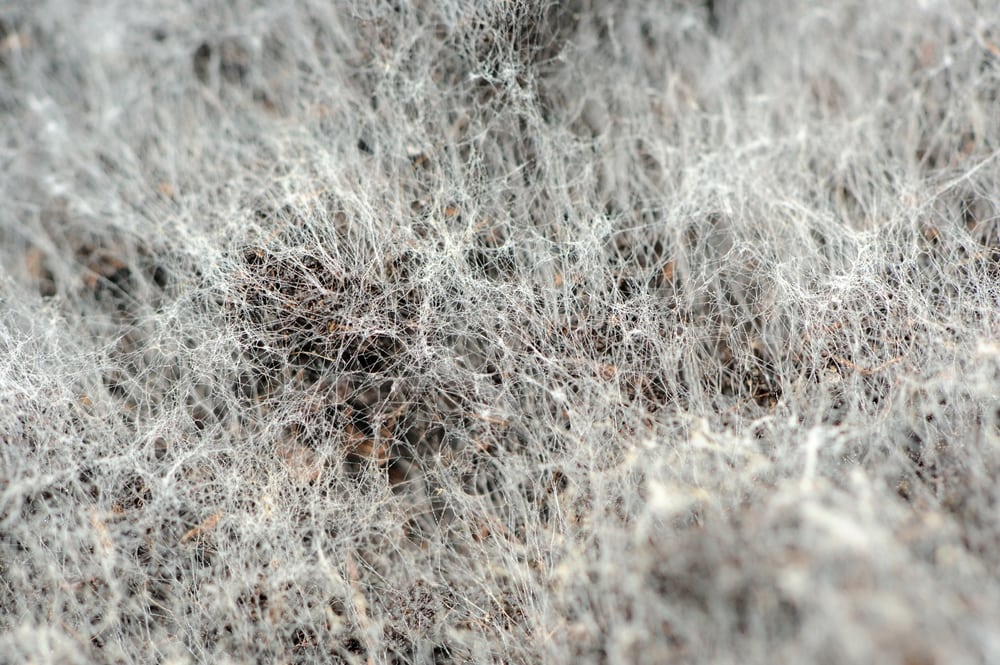Water damage is one of the most common, yet devastating, issues homeowners and business owners face. Whether it’s caused by a leaky roof, burst pipe, or natural disaster, the aftermath of water intrusion can lead to serious consequences, including structural damage, mold growth, and loss of valuables. Understanding the restoration process and knowing how to act quickly can save you time, money, and hassle. In this guide, we’ll walk you through the essential steps of water damage restoration, provide actionable tips, and discuss what you can do to prevent further damage.
Why Quick Action Is Crucial After Water Damage
Water can start to cause damage almost immediately upon contact with materials like wood, drywall, and carpet. The longer you wait to address the problem, the more extensive the damage can become. In fact, within just a few hours, water can begin to warp wooden furniture, soak carpets, and foster the growth of bacteria and mold. Delaying restoration efforts could also lead to the need for more costly repairs down the line.
Key reasons why time matters:
Water saturation: Materials like drywall and insulation can absorb water quickly, weakening structural integrity.
Mold growth: Mold thrives in damp, humid environments, and can begin to grow within 24-48 hours.
Electrical hazards: Standing water can create serious electrical risks, especially if it comes into contact with outlets or wiring.
Step-by-Step Guide to Water Damage Restoration
When water damage occurs, it’s essential to act swiftly and efficiently. Here’s a breakdown of the key steps involved in restoring your property:
Ensure Safety First
Shut off power: If there’s standing water near electrical outlets or appliances, turn off the power supply at the breaker box to prevent electrocution.
Wear protective gear: Use rubber gloves and waterproof boots to avoid exposure to contaminated water, which may contain bacteria, sewage, or other harmful substances.
Assess the situation: Determine the severity of the water damage. If the flooding is severe or structural damage is evident, it’s best to call a professional restoration service immediately.
Stop the Source of Water
Identify the source of the water leak. If it’s a burst pipe, turn off the main water supply. If it’s a leaky roof or broken appliance, shut off the relevant source. This is a critical step because the longer water continues to flow, the more damage it will cause.Dry the Affected Area
After extracting as much water as possible, drying is the next critical step. Thorough drying is essential to prevent mold growth and structural weakening.
Open windows and doors: If weather permits, opening windows and doors can promote air circulation and speed up the drying process.
Use dehumidifiers: These can help lower humidity levels and draw moisture out of materials like wood, walls, and floors.
Employ fans and air movers: High-powered fans and air movers can help dry wet surfaces faster, especially in areas with limited airflow.
Begin Water Extraction
Once the source is under control, it’s time to remove the water. Depending on the scale of the flooding, this could involve:
Absorbent materials: For areas with soaked carpeting or upholstered furniture, specialized tools like extractors or professional-grade vacuums may be required.
Siphoning or pumping: For large-scale flooding, industrial pumps may be needed.
Wet vacuums: For smaller, localized floods, a wet/dry vacuum can be effective in removing standing water.
Clean and Disinfect
Water damage often leads to contaminated surfaces, especially if the water is “gray” (from washing machines or sinks) or “black” (from sewage backups). Proper cleaning and disinfection are necessary to remove harmful bacteria and mold spores.
Throw away contaminated items: Items like carpets, insulation, and drywall tha
Use appropriate disinfectants: Choose disinfectants that are effective against waterborne pathogens and fungi.
Clean hard surfaces: Floors, walls, and countertops should be thoroughly cleaned using a mixture of water and cleaning solution.
Repair and Restore
Once the area is clean and dry, it’s time to address the repairs:
Repaint and touch up: Once everything is dry and repaired, repaint affected walls or trim to restore your space.
Inspect structural damage: Check for warping, cracking, or weakening in structural elements like beams, joists, and studs.
Replace damaged drywall or flooring: Drywall may need to be replaced if it’s extensively soaked, and flooring (especially carpet or wood) may need to be repaired or replaced.
Why Professional Water Damage Restoration Is Often Necessary
While DIY methods can handle minor cases of water damage, professional restoration services are often the best option for larger-scale damage or persistent issues. Professionals have access to advanced equipment, such as industrial-grade dehumidifiers, air scrubbers, and moisture meters, that can thoroughly dry and sanitize your property. They also have the experience to identify hidden water damage that might not be visible at first glance, preventing future problems.
Signs that you should call a professional:
Significant electrical hazards
Severe or widespread flooding
Persistent mold growth
Hidden leaks in walls or ceilings
Extensive structural damage
Water damage is an overwhelming and stressful experience, but with the right approach, it is possible to minimize damage and restore your property to its pre-damage condition. Acting quickly, following the right restoration steps, and taking preventive measures will not only help protect your home but also save you from costly repairs in the future. Always remember, if the damage is beyond your ability to handle, don’t hesitate to contact a professional water damage restoration company. Their expertise and advanced equipment can ensure a thorough restoration and give you peace of mind.



 PuroClean of Northeast Houston – Beltway
PuroClean of Northeast Houston – Beltway